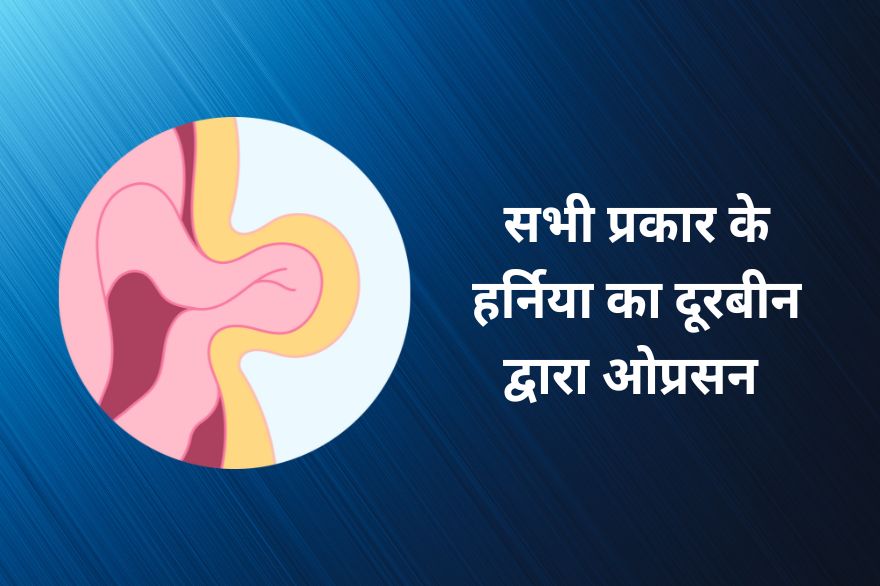
Hernia
Hernia: Causes, Symptoms, Prevention, and Treatment
A hernia occurs when an organ or fatty tissue protrudes through a weak spot in the surrounding muscle or connective tissue. It can develop in various areas of the body, such as the abdomen, groin, or upper thigh. In this blog post, we will discuss the causes, symptoms, prevention, and treatment options for hernias.
Causes of Hernia:
– Weakness in the abdominal wall: Hernias often occur due to a weakness or defect in the muscles and tissues that normally support the affected area.
– Increased pressure: Activities or conditions that increase pressure on the abdominal wall can contribute to the development of hernias. These may include heavy lifting, persistent coughing, obesity, pregnancy, or constipation.
Symptoms of Hernia:
– Visible bulge or swelling: The most common symptom of a hernia is the appearance of a noticeable bulge or swelling, especially during activities that increase intra-abdominal pressure.
– Pain or discomfort: Some individuals may experience pain or discomfort at the site of the hernia, particularly when lifting, coughing, or straining.
– Weakness or pressure: A sensation of weakness or pressure in the affected area may be present.
– Digestive issues: In certain cases, hernias can cause symptoms such as heartburn, difficulty swallowing, or abdominal bloating.
Prevention of Hernia:
– Maintain a healthy weight: Excess weight can increase the strain on the abdominal muscles, making hernias more likely to develop. Maintaining a healthy weight through regular exercise and a balanced diet can help reduce the risk.
– Lift properly: When lifting heavy objects, use proper lifting techniques, such as bending your knees and using your leg muscles instead of straining the abdominal muscles.
– Avoid straining during bowel movements: Prevent constipation by consuming a high-fiber diet, staying hydrated, and using the bathroom when the urge arises.
Treatment of Hernia:
– Watchful waiting: In some cases, small hernias that are not causing significant symptoms may be monitored by a healthcare professional without immediate surgical intervention.
– Hernia truss or support garment: For individuals who are not suitable candidates for surgery or awaiting surgery, a hernia truss or support garment can provide temporary relief and support.
– Surgery: The most common treatment for hernias is surgical repair. This can be done through open surgery or minimally invasive techniques such as laparoscopic or robotic-assisted surgery.
It’s important to note that hernias do not resolve on their own and may require medical intervention for proper management. If you suspect you have a hernia or are experiencing symptoms, consult with a healthcare professional for a thorough evaluation and appropriate treatment plan.
By understanding the causes, recognizing the symptoms, and implementing preventive measures, individuals can reduce their risk of hernias and seek timely treatment when necessary.
एक हर्निया तब होता है जब एक अंग या वसायुक्त ऊतक आसपास की मांसपेशियों या संयोजी ऊतक में कमजोर स्थान से बाहर निकलता है। यह शरीर के विभिन्न क्षेत्रों में विकसित हो सकता है, जैसे पेट, कमर, या ऊपरी जांघ। इस ब्लॉग पोस्ट में, हम हर्नियास के कारणों, लक्षणों, रोकथाम और उपचार विकल्पों पर चर्चा करेंगे।
हर्निया के कारण:
– पेट की दीवार में कमजोरी: हर्निया अक्सर उन मांसपेशियों और ऊतकों में कमजोरी या दोष के कारण होता है जो आमतौर पर प्रभावित क्षेत्र को सहारा देते हैं।
– बढ़ा हुआ दबाव: पेट की दीवार पर दबाव बढ़ाने वाली गतिविधियाँ या स्थितियाँ हर्निया के विकास में योगदान कर सकती हैं। इनमें भारी सामान उठाना, लगातार खांसी, मोटापा, गर्भावस्था या कब्ज शामिल हो सकते हैं।
हर्निया के लक्षण:
– दिखाई देने वाला उभार या सूजन: हर्निया का सबसे आम लक्षण ध्यान देने योग्य उभार या सूजन का दिखना है, विशेष रूप से उन गतिविधियों के दौरान जो इंट्रा-पेट के दबाव को बढ़ाते हैं।
– दर्द या बेचैनी: कुछ लोगों को हर्निया की जगह पर दर्द या बेचैनी का अनुभव हो सकता है, खासकर जब कोई चीज उठा रहा हो, खांस रहा हो या जोर लगा रहा हो।
– कमजोरी या दबाव: प्रभावित क्षेत्र में कमजोरी या दबाव की अनुभूति हो सकती है।
– पाचन संबंधी समस्याएं: कुछ मामलों में, हर्निया के कारण सीने में जलन, निगलने में कठिनाई या पेट फूलना जैसे लक्षण हो सकते हैं।
हर्निया की रोकथाम:
– स्वस्थ वजन बनाए रखें: अधिक वजन पेट की मांसपेशियों पर तनाव बढ़ा सकता है, जिससे हर्निया विकसित होने की संभावना बढ़ जाती है। नियमित व्यायाम और संतुलित आहार के माध्यम से स्वस्थ वजन बनाए रखने से जोखिम को कम करने में मदद मिल सकती है।
– सही ढंग से उठाएं: भारी सामान उठाते समय उचित उठाने की तकनीक का उपयोग करें, जैसे कि पेट की मांसपेशियों पर दबाव डालने के बजाय अपने घुटनों को मोड़ना और अपने पैर की मांसपेशियों का उपयोग करना।
– मल त्याग के दौरान जोर लगाने से बचें: उच्च फाइबर वाले आहार का सेवन करके, हाइड्रेटेड रहकर और पेशाब आने पर बाथरूम का उपयोग करके कब्ज को रोकें।
हर्निया का उपचार:
– सतर्क प्रतीक्षा: कुछ मामलों में, छोटे हर्निया जो महत्वपूर्ण लक्षण पैदा नहीं कर रहे हैं, तत्काल सर्जिकल हस्तक्षेप के बिना एक स्वास्थ्य देखभाल पेशेवर द्वारा निगरानी की जा सकती है।
– हर्निया ट्रस या सपोर्ट गारमेंट: ऐसे व्यक्तियों के लिए जो सर्जरी के लिए उपयुक्त उम्मीदवार नहीं हैं या सर्जरी का इंतजार कर रहे हैं, हर्निया ट्रस या सपोर्ट गारमेंट अस्थायी राहत और सहायता प्रदान कर सकते हैं।
– सर्जरी: हर्नियास के लिए सबसे आम उपचार सर्जिकल रिपेयर है। यह ओपन सर्जरी या लैप्रोस्कोपिक या रोबोटिक-असिस्टेड सर्जरी जैसी न्यूनतम इनवेसिव तकनीकों के माध्यम से किया जा सकता है।
यह ध्यान रखना महत्वपूर्ण है कि हर्निया अपने आप हल नहीं होता है और उचित प्रबंधन के लिए चिकित्सा हस्तक्षेप की आवश्यकता हो सकती है। यदि आपको संदेह है कि आपको हर्निया है या लक्षणों का अनुभव कर रहे हैं, तो संपूर्ण मूल्यांकन और उचित उपचार योजना के लिए स्वास्थ्य देखभाल पेशेवर से परामर्श करें।
कारणों को समझकर, लक्षणों को पहचानकर और निवारक उपायों को लागू करके, व्यक्ति हर्निया के अपने जोखिम को कम कर सकते हैं और आवश्यकता पड़ने पर समय पर उपचार प्राप्त कर सकते हैं।
